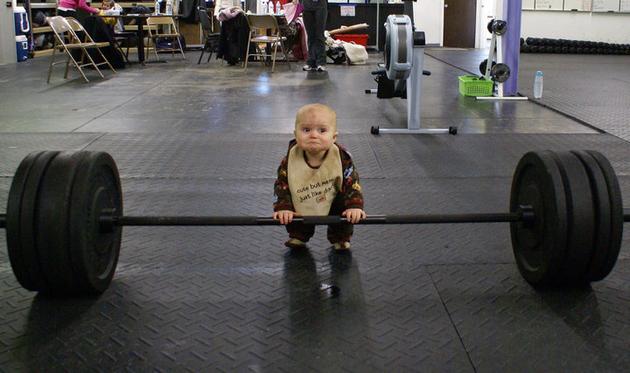Last week I had an opportunity to speak with the parents of two local teams with ’98 and ’97 birth-year players. After that talk, I got a great question from a well-read mom with regards to the effectiveness of training before the athlete has reached puberty. Her thought was that because the hormonal profile of the athlete isn’t conducive to adding muscle mass, it may not be worth the time.
While this is a logical thought process (and she’s correct about pre-pubescent athletes not being able to put on substantial amounts of muscle mass), it’s important to understand that the addition of muscle mass is not the only goal of training. When it comes to both performance AND injury prevention, we look at other qualities such as:
Each of these terms is really just an umbrella-concept that encompasses many other more-specific training qualities. Importantly, none of these things manifest in isolation. A poorly conditioned athlete is more likely to default to faulty movement patterns upon the onset of fatigue. A weak athlete may not possess the strength to move with quality. Everything is inter-related.
To our hockey mom’s point, kids can condition on their own without having to spend an hour in the car getting to our facility (one of her underlying concerns in posing her question). In other words, the question comes back to, “how will training with you guys differ from training on my own?”
Benefits of Pre-Puberty Training
As the Director of Athletic Development and co-owner of Endeavor Sports Performance, it’s my responsibility to ensure that our entire staff is well-adept at spotting and correcting faulty movement patterns. This is something we take a lot of pride in and one of the things that I think the overwhelming majority of the “personal trainers” and so-called “sports trainers” (I call these guys the “guys in the field” because they tend to coach huge groups of athletes through generic “speed and agility” work in a field all at once, and are more drill sergeants than coaches) don’t know that they don’t know. A well-trained eye can go a long way in preventing unnecessary injuries.
The other important consideration is that strength is not strictly a function of muscle mass. This is a novel concept to most parents, but strength is neurally mediated. This means that, for any level of muscle mass, there is a spectrum of obtainable strength. This is why the “my legs are big enough” argument that many high school hockey players use an excuse for neglecting their lower body is stupid. Just because you’re big doesn’t mean you’re strong. Likewise, just because you’re small, or do not have a hormonal profile conducive to putting on muscle mass, does not mean you can’t get strong. Strength results from an improved neural input signal to the working muscle. In overly simplistic terms, your brain becomes better at activating your muscle’s to produce more force. This can be improved at any age.

I love this kid
Over the last several months, we’ve taken on more young athletes (middle school aged) at Endeavor. This wasn’t our original intention, but after receiving dozens of inquiries from parents of these athletes and meeting them, we decided to give it a go. These athletes tend to make extremely quick improves in motor pattern quality. Once they’re taught how they should be moving, they pick it up pretty quickly and internalize it, which provides huge performance and injury-resistance benefits. The other thing, which can’t be overlooked, is that the confidence of athletes at this age SOARS when they start training. I think this is a combination of overcoming adversity and working hard through a program AND just knowing that they’re doing things that most other athletes aren’t. Given the paramount importance of confidence in athletics, I don’t think this training benefit should be overlooked.
Take Home
The training program design and coaching style will differ for pre-puberty athletes, but the benefits of training are still substantial. Just because an athlete doesn’t have a hormonal profile conducive to adding muscle mass DOES NOT mean he can’t make considerable improvements in strength, conditioning, movement quality, and confidence. At this age, it’s extremely important that athletes train under the supervision of coaches that understand how to teach and reinforce proper movement patterns and exercise technique. It’s all about building a solid foundation for the athlete to build on in the future.
To your success,
Kevin Neeld
Please enter your first name and email below to sign up for my FREE Athletic Development and Hockey Training Newsletter!